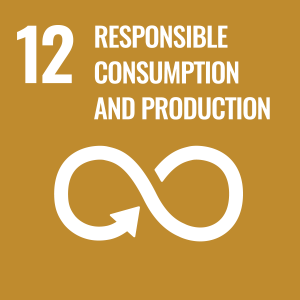Physical Chemistry – Atomic Structure
How the chemical properties of elements depend on their atomic structure and on the arrangement of electrons around the nucleus; linking the arrangement of electrons in orbitals to the organisation of elements in the Periodic Table, and measuring the mass of atoms and molecules in a mass spectrometer. Assessment will be via homework based on past paper questions, practical skills and an end of topic test.
Physical Chemistry – Amount of Substance
Explanations of how chemists measure an amount of a substance, the explanation of a mole, and how an amount in moles can be measured out by mass in grams, by volume in dm3 of a solution of known concentration and by volume in dm3 of a gas. Assessment will be via homework based on past paper questions, practical skills and an end of topic test.
Physical Chemistry – Bonding
Explaining how the physical and chemical properties of compounds depend on the ways in which the compounds are held together by chemical bonds and by intermolecular forces; theories of bonding and how materials scientists use knowledge of structure and bonding to engineer new materials with desirable properties. Assessment will be via homework based on past paper questions, practical skills and an end of topic test.
Physical Chemistry – Energetics

Analysing how the enthalpy change in a chemical reaction can be measured accurately, and why it is important to know this value for chemical reactions that are used as a source of heat energy in applications such as domestic boilers and internal combustion engines. Assessment will be via homework based on past paper questions, practical skills and an end of topic test.
Physical Chemistry – Kinetics
The study of kinetics enables chemists to determine how a change in conditions affects the speed of a chemical reaction and how variables can be manipulated in order to speed them up or slow them down. Assessment will be via homework based on past paper questions, practical skills and an end of topic test.
Physical Chemistry – Chemical Equilibria, Le Chatelier’s Principle and Kc
A study of equilibria to analyse how far reactions will go; how Le Chatelier’s principle is used to predict the effects of changes in temperature, pressure and concentration on the yield of a reversible reaction and a study of the equilibrium constant, Kc, which enables chemists to calculate how an equilibrium yield will be influenced by the concentration of reactants and products. Assessment will be via homework based on past paper questions, practical skills and an end of topic test.
Inorganic Chemistry – Periodicity
A study of the Periodic Table to understand how a structured organisation of the known chemical elements is used to make sense of their physical and chemical properties; along with the historical development of the Periodic Table and models of atomic structure. Assessment will be via homework based on past paper questions, practical skills and an end of topic test.
Inorganic Chemistry – Group 2 and Group 7
A study of the Group 2 elements, how the trends in the solubilities of the hydroxides and the sulfates of these elements are linked to their use; a study of the Group 7 elements and the trends in their physical and chemical properties, including the trends in ability of the halogens to behave as oxidising agents and the halide ions to behave as reducing agents. Assessment will be via homework based on past paper questions, practical skills and an end of topic test.
Organic Chemistry – An Introduction


A study of organic compounds such as petroleum fuels and DNA, how organic compounds can be synthesised and used as drugs, medicines and plastics; the naming of organic compounds based on the International Union of Pure and Applied Chemistry (IUPAC) system and representing the structure or formula of molecules, along with the study of organic mechanisms to explain reactions. Assessment will be via homework based on past paper questions, practical skills and an end of topic test.
Organic Chemistry – Alkanes, Haloalkanes, Alkenes, Alcohols and Organic Analysis
A study of alkanes and their uses, how the environmental consequences of the use of alkanes as fuel; Halogenoalkanes and their uses and their effect on the atmosphere; Alkenes and their addition reactions to form polymers; Alcohols and their scientific, medicinal and industrial uses; and the analytical techniques used by chemists, including test-tube reactions and spectroscopic techniques. Assessment will be via homework based on past paper questions, practical skills and an end of topic test.



